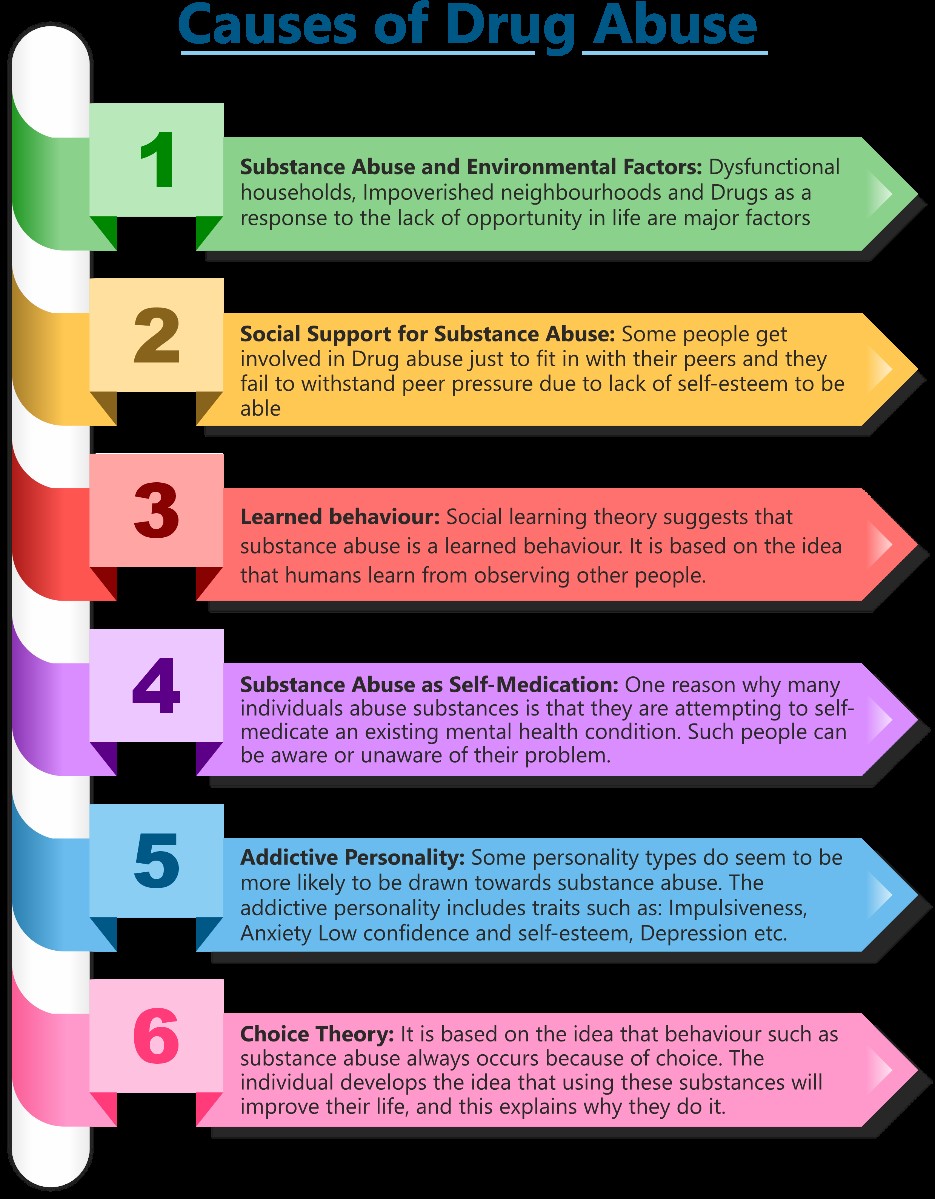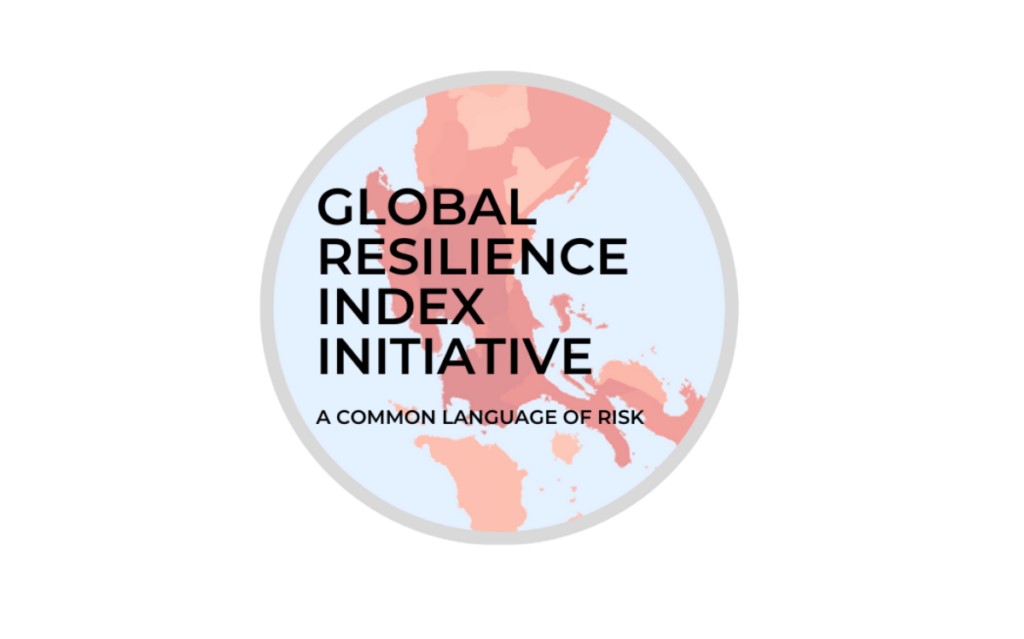Tuesday, 16th November 2021
Regulation of Cryptocurrency
In News
Within days of a meeting on the future of cryptocurrency, a parliamentary panel has favoured regulation rather than imposing an outright ban.
About the news
- The parliamentary standing committee met to discuss the opportunities and challenges posed by cryptocurrency with experts and stakeholder associations. The parliamentary panel meeting saw a broad consensus on cryptocurrency regulation, rather than its banning.
- This is the first meeting on the subject that was convened by the Parliamentary Standing Committee on Finance.
- Recent Developments w.r.t. crypto currency: Currently, there are neither specific regulations nor an outright ban on use of crypto currencies in India.
- A draft legislation, Banning of Cryptocurrency and Regulation of Official Digital Currency Bill 2019, was also put in the public domain in July 2019.
- The RBI had announced its intent to come out with an official digital currency amid proliferation of crypto currencies about which the central bank has concerns.
- Countries including Japan and Korea have recognized cryptos in view of other aspects of technology. El Salvador is the only country that has made cryptocurrency legal tender.
What is Crptocurrency?
- A cryptocurrency is a digital or virtual currency that is secured by cryptography, which makes it nearly impossible to counterfeit or double-spend.
- Many cryptocurrencies are decentralized networks based on blockchain technology—a distributed ledger enforced by a disparate network of computers.
- A defining feature of cryptocurrencies is that they are generally not issued by any central authority, rendering them theoretically immune to government interference or manipulation.
What are the Advantages of Cryptocurrency?
- Transaction without the need of third party: Cryptocurrencies hold the promise of making it easier to transfer funds directly between two parties, without the need for a trusted third party like a bank or credit card company.
- Minimum transaction fees: Fund transfers are completed with minimal processing fees, allowing users to avoid the steep fees charged by banks and financial institutions for wire transfers.
- Autonomy: Bitcoin transactions are pseudonymous. While this means that they are not completely anonymous, the transactions can be identified only by using a blockchain address.
- Cryptocurrency advocates often highly value their anonymity, citing benefits of privacy like protection for whistleblowers or activists living under repressive governments.
- Global transactions: The Bitcoin payment system is purely peer to peer, meaning that users are able to send and receive payments to or from anyone on the network around the world. It can aid international remittances.
- Financial Inclusion: Because users are able to send and receive bitcoins with only a smartphone or computer, Bitcoin is theoretically available to populations of users without access to traditional banking systems, credit cards, and other methods of payment.
Why do cryptocurrencies need regulation?
- Chance of illegal use: The semi-anonymous nature of cryptocurrency transactions makes them well-suited for a host of illegal activities, such as money laundering and tax evasion.
- High volatility:
- Since market prices for cryptocurrencies are based on supply and demand, the rate at which a cryptocurrency can be exchanged for another currency can fluctuate widely, since the design of many cryptocurrencies ensures a high degree of scarcity.
- Investor interests must be protected particularly because many investors in India are not well aware of risks.
- Risk of market manipulation: Most crypto assets are not backed by tangible assets or other securities and may have no clear intrinsic value (Stable coins are exceptions). This weakens price discovery and heightens the risk of market manipulation.
- Exposure to online frauds: There is cyber security risk and chances of online fraud in case of cryptocurrency as entire investment or wealth is stored virtually. Regulation will help in the development of insurance and other systems to guard against this.
Source:
IBBI Working Group Report
In News
The working group on Tracking Outcomes of Insolvency and Bankruptcy Code, 2016 (IBC) constituted has submitted its report to the Insolvency and Bankruptcy Board of India (IBBI).
Need for the Working Group
- The Working Group on Tracking Outcomes of IBC was constituted in 2019 to come out with a comprehensive framework for developing a metrics for measuring the outcomes of IBC to objectively evaluate the achievements under the IBC.
- There is presently no standard framework to track the outcomes of insolvency and bankruptcy regime in various jurisdictions.
- Thus, in the absence of a standardised framework and centralised data bank, it is important to design a framework for the assessment of the performance of the insolvency regime in the country in terms of its effectiveness, efficiency, and efficacy.

Suggestions made by the Working Group
- The working group also lays out the objective of the code. The first order objective of the Code is resolution, the second order objective is maximisation of value of assets of the firm and the third order objectives are promoting entrepreneurship, availability of credit and balancing the interests of stakeholders.
- Outcomes identified by the Report: The working group has identified six layers of outcomes of IBC regime based on efficiency, effectiveness and efficacy of the code:
- Growth, strength and efficiency of the insolvency ecosystem.
- Strength, efficiency, and efficacy of the processes, namely, corporate insolvency resolution.
- Growth and efficiency of markets such as markets for interim finance, resolution plans, liquidation assets, etc.
- Impact on businesses in terms of cost of capital, capital structure, availability of credit, etc.
- Behavioural changes amongst the debtors and creditors, trust of the creditors in debtors, meritocratic lending, etc.
- Overall impact on employment, income, and economic growth of the nation.
- Framework to track outcomes of the code: The working group suggests a framework to track outcomes of the code by identifying quantitative and qualitative parameters.
Sources:
Why Stubble Burning is so hard to fix?
In News
Delhi and the entire Gangetic plains have been engulfed in a thick blanket of smog with the onset of winter.
About the News
- Every year the North Indian Plains especially the Delhi – NCR region is covered in thick smog and deteriorating Air Quality.
- Stubble burning by farmers in states such as Punjab, Haryana and parts of Uttar Pradesh is just one of many proximate causes. The contribution of stubble burning to Delhi’s air pollution load rose from 8% on 3 November to 48% on 7 November this year.
History of Stubble Burning
- The practice was promoted among farmers once, as it helped in enhancing soil fertility.
- The stubble burning started with mechanization, as farmers took to using combine harvesters to harvest their paddy These giant machines were faster and cheaper than hiring labourers
- On the flip side, however, the machines leave foot-long paddy stubbles on the field.
- For farmers, it is convenient and cheap to put fire to the harvested field before planting the next crop.
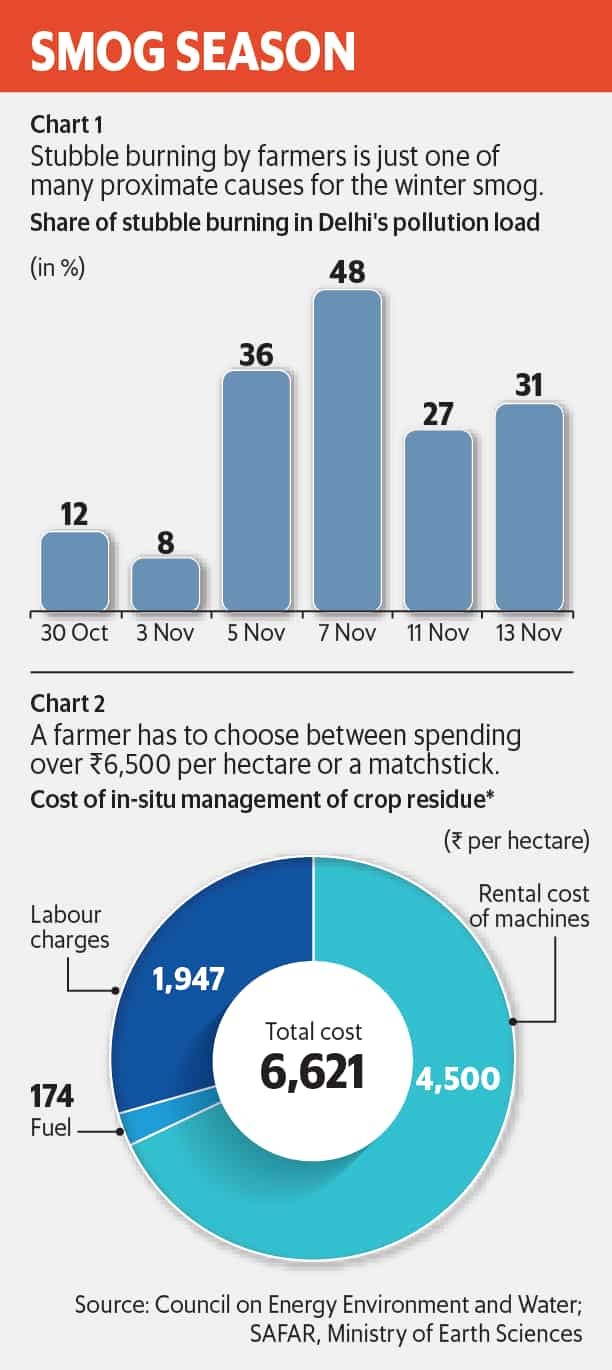
Efforts by State Governments to curb Stubble Burning
- Under the central scheme of agri-mechanization for managing crop residues, over ₹2,200 crore has been spent in the past four years. The subsidies range between 50-80% for the purchase of new machines.
- Earlier this year, states and the central government allowed sugar and paper mills to use crop residues in their boilers. Thermal power plants were also allowed to use biomass pellets along with coal to generate electricity.
- Among the many solutions proposed was a bio-decomposer which failed to take off as it took close to a month to decompose the crop residue.
- Government has proposed, the use of machines to incorporate crop residues into the soil. Although this initiative is facing challenge due to the rising cost of diesel and rent for the necessary machines.
- Harvesting the straw for use as boiler fuel or for manufacturing packaging materials. This option is limited by the number of biofuel plants—less than 6% of the paddy straw is currently harvested for this purpose
Way Forward
- Find an alternative to the paddy-wheat cycle. If farmers took to growing pulses or oilseeds, instead of paddy, the problem could be solved to a large extent.
- To begin with, 25% diversification away from paddy is absolutely critical, not only to save aquifers and biodiversity but also to reduce the amount of paddy straw generated
- Although farmers are unwilling to move away from paddy since they can sell their entire produce to the government at assured support prices while growing pulses or oilseeds entails significant price risks.
- The state government-run cooperative MARKFED can stop the procurement of food grains for central agencies and focus on its original mandate of marketing farmers’ produce.
Sources:
Urban Flooding
In News
Five days of rainfall battered the city of Chennai, which according to meteorologists was five times more than normal.
What is Urban Flooding?
- Urban flooding is defined as the inundation of property in a built environment, particularly in more densely populated areas, caused by rain falling on increased amounts of impervious surfaces and overwhelming the capacity of drainage systems.
- The most damaging urban floods amongst them are 2000 in Hyderabad, 2001 in Ahmedabad, 2002 and 2003 in Delhi, 2004 in Chennai, 2005 in Mumbai, large scale floods in Uttarakhand and Kashmir 2013, Chennai deluge 2015 and so on.
What are the factors Causing Urban Flooding?
- Meteorological Factors: India being a tropical country, has very heavy rainfall throughout the monsoon season. Changing climate and increased precipitation had a huge role to play in the devastating floods that happened across central Indian states.

- Hydrological Factors: Flood risk arises when the surface runoff is more than the infiltration rate during precipitation. Rapid urbanization has a direct impact on hydrology and surface runoff by restricting the natural change in the course of rivers, deforestation and soil erosion etc.
- Anthropogenic Factors:
- Urbanisation: Impervious surfaces in urban areas reduce the speed and scale of percolation and increases surface runoff from buildings, roads, and other hard surfaces.
- Encroachment: Migrants happen to settle on ownerless available vacant land i.e. Low-lying areas near water bodies. Sometimes these encroachments cover up the whole catchment area. Example: Deeporbeel in Guwahati, Pallavaram marshlands in Chennai.
- Pollution: Inefficient solid waste disposal, sewer lines, stormwater drains etc. results in improper clogging drainage channels.
- Illegal mining activities: Illegal mining of river sand and quartzite for use in building construction deplete the natural bed of the rivers and lakes and have an irreversible damaging impact.
- Interference in the drainage system: Interferences like poorly planned construction of roads, bridges, railway tracks, and check dams, which hampers the flow of water resulting in a flood.
- Unplanned release of water from dams: Unplanned and sudden release of water from dams and lakes lead to floods in an urban area, without giving the public enough time to respond.
- Absence of administrative framework: Protection of water bodies was not a primary concern of urban planning; this has come into light only after the recent incidents of inundations in major cities causing huge economic losses.
Why has Urban Flooding become a Recurring Phenomenon?
- Our cities have been built with little to no regard to the natural topography and severely lacks holistic action.
- Even with provisions of rainwater harvesting, sustainable urban drainage systems, etc, in regulatory mechanisms like the Environmental Impact Assessment (EIA), Notification 2006 or building bylaws, adoption at user end as well as enforcement agencies remains weak.
- Public bodies’ focus is largely on de-silting of storm water drains before monsoon and expansion of the over-burdened infrastructure, but at a crawling pace.
- The major factor of recurrent urban flooding in Mumbai is the city's old drainage system, which is heavily silted and damaged.
- Even the newer cities like Gurugram, has been terribly uniformed. It takes only one seasonal downpour to bring the city to a standstill.
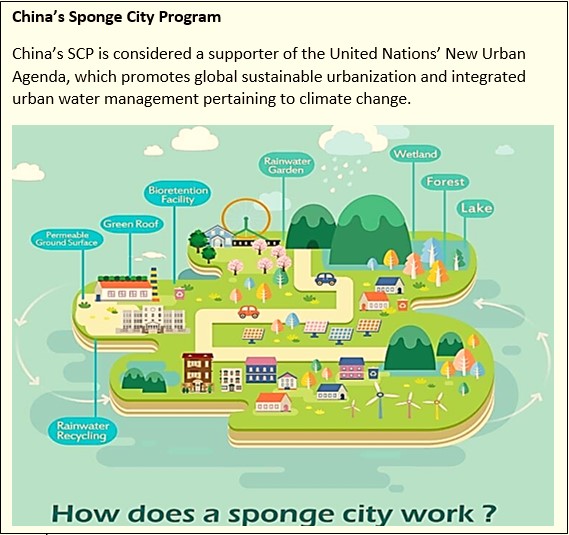
Impact of Urban Flooding on Cities
Urban areas are also centres of economic activities with vital infrastructure which needs to be protected 24x7. In most of the cities, damage to vital infrastructure has a bearing not only for the state and the country but it could even have global implications.
- Tangible losses: The losses that can be measured physically and can be assigned an economic value. Direct losses can be structural damage to buildings, property damage, and damage to infrastructure. Indirect - Economic losses, Traffic disruption, and emergency costs.
- Intangible losses: Intangible losses include loss of life, secondary health effects, and infections or damages to the environment which are difficult to assess in monetary terms since they are not traded. Direct losses can be casualties, Health effects, and ecological losses. Indirect losses can be post-flood recovery process, mental damage to the people

What are the Steps needed to mitigate/ adapt to Urban Flooding?
- Measuring and monitoring urban flooding: Supporting cities to assess flooding by sharing the tools and technologies to map cities’ flood-prone areas. Assisting cities to assess and modelling the flooding impacts on resident and workforce populations as well as critical assets that may be vulnerable.
- Watershed management: De-silting, timely cleaning and deepening of drainage channels have to be taken up along the whole river basin instead of just the urban areas. Catchment areas of water bodies need to be maintained well and should be free from encroachment and pollution, thus keeping the course of water free from obstructions
- Water sensitive urban design and planning techniques: These methods take into consideration the topography, types of surfaces (pervious or impervious), natural drainage and leave very less impact on the environment. Vulnerability analyses and risk assessments should form part and parcel of city master plans. Tools such as predictive precipitation modelling can help do that and are also able to link it with the adaptive capacity of urban land use.
- Learning from other nations: Mumbai will adopt ‘sponge city’, a Chinese initiative designed to equip urban localities to tackle floods and harvest rainwater efficiently. This concept lays stress on the creation and use of permeable surfaces and green infrastructures.
- A nature-based and green solutions approach promoted by many cities globally. These approaches regard water (storm water, groundwater, and wastewater) as a resource that can be retained on a site, public space, or open space, for re-use or filtration.
Conclusion: Urban flooding was considered a concern of municipal and local governance only till the 1990s, but currently it draws the attention of disaster and environmental scientists. Urban floods have attained the status of disaster due to high vulnerability and risks. Many Indian cities have experienced devastating floods in recent years which affect the routine life of residents and cause huge damage to property and fatalities and ultimately affected the economic growth of the country. Therefore, it is essential to understand the various reasons for urban flooding and its plausible impacts on the urban environment in cities.
Question: Discuss the various factors responsible for Urban Flooding. What steps can be taken to mitigate or manage urban flooding?
Sources:
- Explained: Why is Chennai under water?
- Urban Flooding Network
- Urban flooding: The case of drowning cities and rising vulnerability
- 21 Causes and Impacts of Urban Floods in Indian Cities
- Sponge City
- A Systematic Review Comparing Urban Flood Management Practices
This Day in History - National Press Day
On November 16, 1966 the Press Council started its work. National Press Day is observed every year to acknowledge and honor the Press Council of India, a statutory and quasi-judicial establishment. The day marks the presence of an independent and responsible press in India. The media is known as the fourth pillar of democracy. It is said that journalists are a mirror of society, which brings out the truth even in adverse circumstances. This day symbolizes freedom of the press and its responsibilities towards society. The First Press Commission 1956 envisioned a committee to protect the ethics of journalism and freedom of the press in India. It led to the formation of a Press Council 10 years later. The Press Council of India monitors all journalistic activities to keep credibility intact. The Press Council of India plays an important role in maintaining a healthy democracy in the country. It also ensures that the press in India is not affected by any external matter.

Sources:
Image of the Day - Kamo’oalewa
This is image of an artist's impression of Kamo’oalewa near the Earth-Moon system. In 2006, the PanSTARRS telescope in Hawaii spotted a quasi-satellite — a near-Earth object that orbits the Sun and yet remains close to the Earth. Scientists named it Kamo’oalewa, a word that is part of a Hawaiian chant, and alludes to an offspring that travels on its own. The asteroid is roughly the size of a Ferris wheel – between 150 and 190 feet in diameter – and gets as close as about 9 million miles from Earth. Because of its small size (about 50 metres wide), this quasi-satellite has been difficult for scientists to study, and little was known about it so far. One possibility is that Kamo’oalewa was a part of the Earth’s Moon. Another possibility is that Kamo’oalewa was captured in its Earth-like orbit from the general population of Near Earth Objects. A third possibility could be that it originated from an as-yet-undiscovered quasi-stable population of Earth’s Trojan asteroids (Trojans are a group of asteroids that share an orbit with a larger planet.

Source:
Centralized Database for Research and Clinical Trials
- Context: The Union government has been working on a centralized database for Research and Clinical Trials.
- The National Health Research Portal will have detailed information on medical research (by both public and private sectors, departments of S&T and biotechnology), clinical trials and vaccine development in addition to medical studies involving interactions with patients, diagnostic data etc.
- It will be set up along the lines of the Arogya Setu and Co-WIN platforms with multiple access points for all stakeholders.
- The portal will be developed and maintained by the department of health research under the ministry of health and family welfare, and will be brought under the National Data Sharing and Accessibility Policy of 2012.
- Access to the data bank will depend on the sensitivity of the research initiative-open access data will be available for all without any authorization; restricted access will be provided for registered entities; and extremely sensitive datasets will be accessible to authorized government departments and ministries.

Source:
- A centralized database for research and clinical trials is in the works
- A centralized database for research and clinical trials is in the works
Image Source:
Kartarpur Corridor
- Context: The government has decided to reopen the Kartarpur Corridor with Pakistan ahead of the upcoming Gurpurab, the birth anniversary of first Sikh guru, Guru Nanak.
- The Kartarpur corridor connects the Dera Baba Nanak shrine in Gurdaspur district in India’s Punjab province with Darbar Sahib Gurdwara (where Guru Nanak Dev spent last 18 years of his life) in Narowal district of Pakistan.
- Under this agreement between both countries, the corridor will remain open seven days a week from dawn to dusk.
- The corridor was built to commemorate the 550th birth anniversary of Guru Nanak Dev, the founder of Sikhism in 2019.
- It will facilitate visa-free movement of Indian pilgrims as those pilgrims will have to only bring their passport for their identity and it will not be stamped.
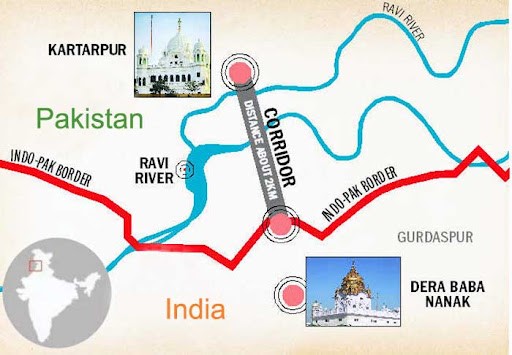
Source:
- India, Pakistan sign agreement to operationalise Kartarpur Corridor
- Pakistan urges India to reopen Kartarpur Corridor for pilgrims
Image Source:
Heritage Tree
- Context: Efforts have been taken to get “heritage status” for a 250 year old jackfruit tree, near Bengaluru.
- The main criteria for considering a tree as heritage tree is its size, form, shape, age, colour and rarity. Added to this, the aesthetic, botanical, horticultural, ecological, social, cultural and historical values are also taken into account.
- A specimen associated with a historic person, place, event or period is also treated as heritage tree.
- A heritage tree can also be a tree associated with local folklore, myths, legends or traditions. Certain species that are relatively rare in an area, whether native or not, may also be granted special status.
- Each state government has a special law to impose restriction upon removal of these precious trees.
- For instance, Maharashtra has the Maharashtra (Urban Areas) Protection and Preservation of Trees Act of 1975, under which a tree with an estimated age of 50 years (age of the tree is determined by Dendrochronology/or tree-ring dating) or more shall be defined as a heritage tree.
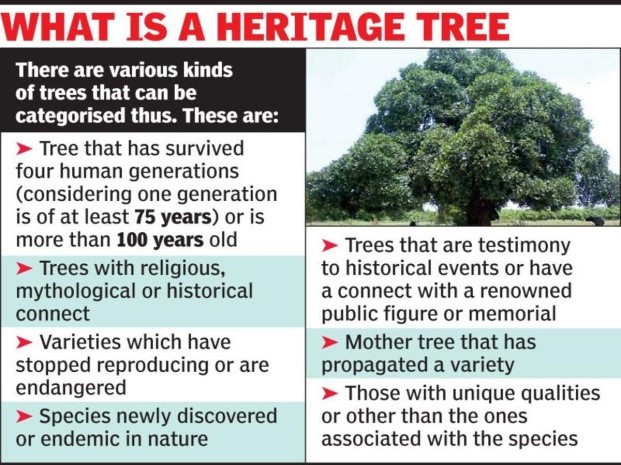
Source:
- Protecting heritage trees through a special law
- Efforts on to get heritage status for jackfruit tree
- Explained: The Maharashtra govt’s proposed amendment for protection of ‘heritage trees’
Image Source:
Kattupaniya tribal group
- Context: Members of Kattupaniya tribal group have enrolled for Aadhaar cards in Wayanad on the intervention of the District Legal Services Authority (DLSA).
- Kattupaniya is a nomadic tribal group who live in the forested hills of Malappuram’s Nilambur taluk and the bordering Thamarassery forest area of Kozhikode’s district.
- The members of the Kattupaniya tribe usually do not mingle with the public and they rush back to the nearby forest if an outsider turns up in the hamlet.
- They live in make-shift huts attached to the houses.
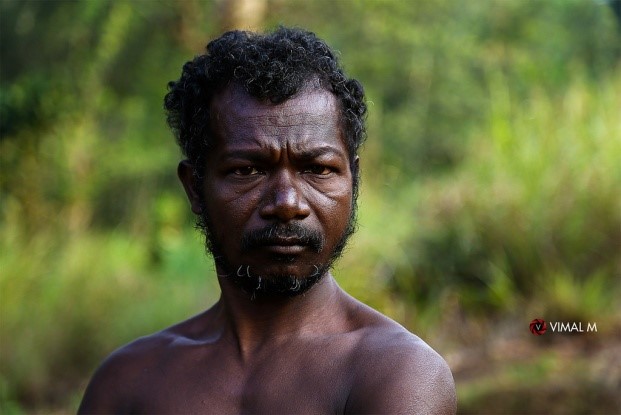
Source:
Image Source:
Solution cannot be found in systems that caused the climate emergency: IE
Essence: The article highlights the failure of COP 26 to reach at a solution to tackle the climate emergency. The reason being a tussle between economically richer nations and developing ones. The developed ones should take more responsibility for solving the problem that they have caused. But the solutions the world needs will not come from the same science-industrial-economic system that has created the problem.
Solution to the problem requires whole system solution which requires climate change to be seen through a broader lens of equity that a narrow lens of mitigation and carbon reduction. For this voice of common people with grassroot level experience need to be heard and not just those who monopolize the power.
Why you should read this article?
- To understand the steps to be taken to tackle the climate emergency.
- To understand why it is difficult to find a solution with the same approach that has created the problem.
Source:
Social contract to prosperity - the co-operative way: BL
Essence: Social Contract and networking are the key to the development of Co-operatives. In fact, social contract which is symmetric to give-and take principle is also reflected in the principles of Co-Operatives. History gives us evidences that ‘Prosperity’ through cooperatives can be achieved if the strategy includes bottom-up approach with local roots. Co-operatives can bring a positive change through innovation. But at the same time, it is not untouched by challenges. One such challenge is related to technology. There is a need to implement social contract in a new way in the 21st Century, especially in this post covid times and bring awareness among people to make the cooperatives even stronger.
Why should you read this article?
- To understand how social contract is the key to the development of Co-operatives.
- To know what are the challenges with the Co-operatives and what can be the solutions so that the prosperity through Co-operatives can be achieved.
Source:
Decoding the Delhi declaration: HT
Essence: The editorial sets the context for Delhi Declaration and its outcomes. The articles sheds light on the different stakeholders involved and identifies their interests. Though China and Pakistan did not participate in the meeting, The Third Regional Security Dialogue on Afghanistan was quite significant. It brought to light how important regional players - Iran, Russia and Central Asian countries view India in their respective Afghanistan Strategy.
Why should you read this article?
- To understand the different interests of the different actors involved when it comes to Afghanistan.
- Understand why this meeting is important for India despite it not offering any solutions.
Understand the China-Pakistan angle when it comes to Afghanistan and how strategy for China and Russia is different.
Sources:
Birubala Rabha, Assam’s crusader against witch-hunting
Background
- Witch- hunting has been one of the evils that has existed in the not just the Indian society but also around the world.
- Birubala Rabha from Assam became the crusader against the evil.
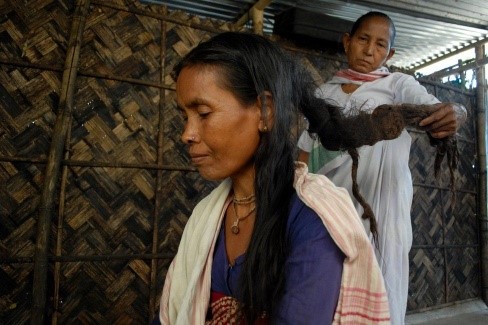
About Birubala Rabha
- Birubala Rabha, a 72 year lady believed in the old customs and tales that were around the valley.
- But, she awoke to reality when the forecast of a local quack about witch-hunting proved to be false and consequently led to her son’s death.
- So, she took the initiative to bring awareness to the villagers about witch-hunting, and subsequent the evils attached to it.
- A fearless lady in all aspect, she dared to challenge the village people alone while fighting for the women who are accused to be witches.
- Her efforts led to the formalisation of Assam Witch Hunting (Prohibition, Protection and Prevention) Act, 2015.
- She has been awarded the Padma Shri Award and also honoured with the Women’s World Summit Foundation prize.
Quote:
“You don’t have to play masculine to be a strong woman.” —Mary Elizabeth Winstead
Source:
Image Source:
Share the article
Get Latest Updates on Offers, Event dates, and free Mentorship sessions.

Get in touch with our Expert Academic Counsellors 👋
FAQs
UPSC Daily Current Affairs focuses on learning current events on a daily basis. An aspirant needs to study regular and updated information about current events, news, and relevant topics that are important for UPSC aspirants. It covers national and international affairs, government policies, socio-economic issues, science and technology advancements, and more.
UPSC Daily Current Affairs provides aspirants with a concise and comprehensive overview of the latest happenings and developments across various fields. It helps aspirants stay updated with current affairs and provides them with valuable insights and analysis, which are essential for answering questions in the UPSC examinations. It enhances their knowledge, analytical skills, and ability to connect current affairs with the UPSC syllabus.
UPSC Daily Current Affairs covers a wide range of topics, including politics, economics, science and technology, environment, social issues, governance, international relations, and more. It offers news summaries, in-depth analyses, editorials, opinion pieces, and relevant study materials. It also provides practice questions and quizzes to help aspirants test their understanding of current affairs.
Edukemy's UPSC Daily Current Affairs can be accessed through:
- UPSC Daily Current Affairs can be accessed through Current Affairs tab at the top of the Main Page of Edukemy.
- Edukemy Mobile app: The Daily Current Affairs can also be access through Edukemy Mobile App.
- Social media: Follow Edukemy’s official social media accounts or pages that provide UPSC Daily Current Affairs updates, including Facebook, Twitter, or Telegram channels.

